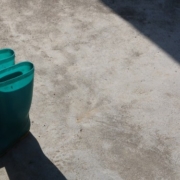Apache Maven is distributed in several formats. The simplest way to install Maven is to download a ready-made binary distribution archive and follow the installation instructions. Maven 3.3+ release requires JDK 1.7 or above to execute
General Requirements
- Java JDK must be installed on your system.
- Java 1.7 or higher is needed for Maven.
To verify the Java JDK is properly installed, from your command line, run the following command:









